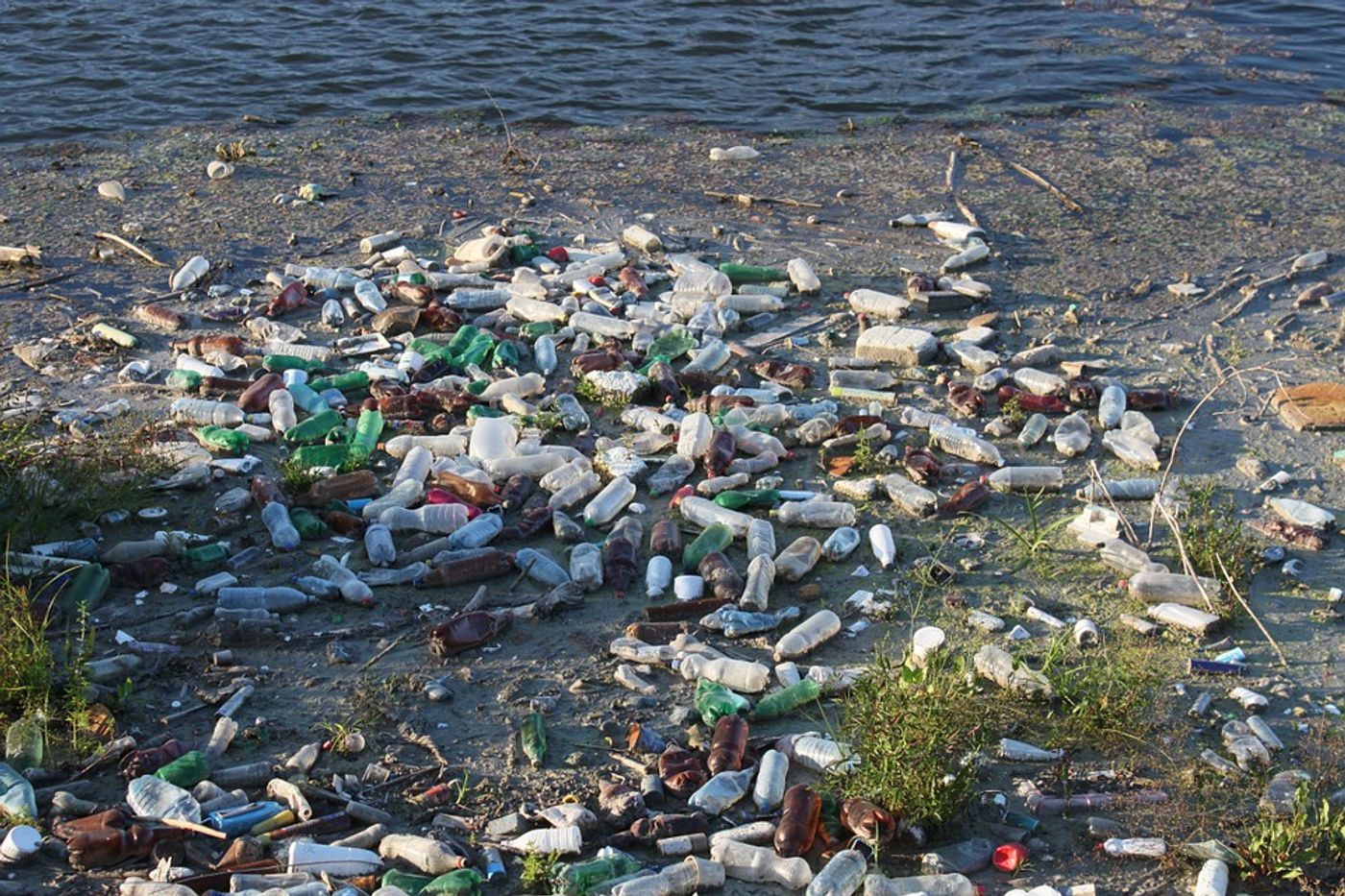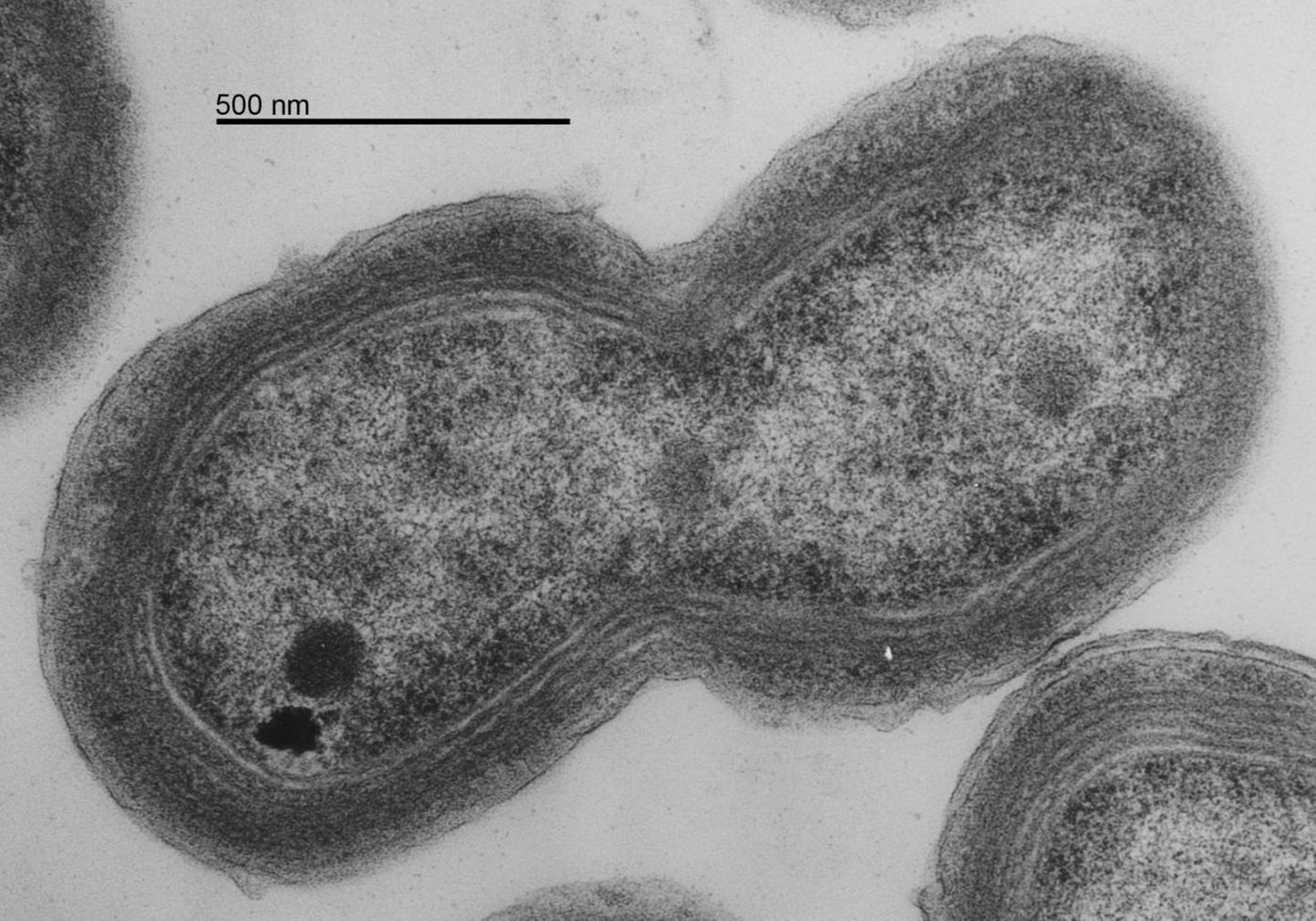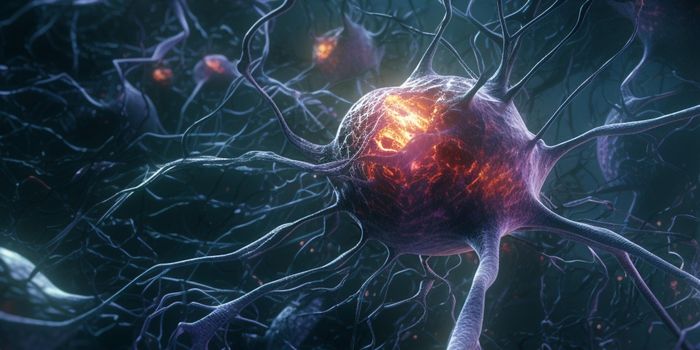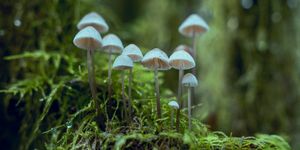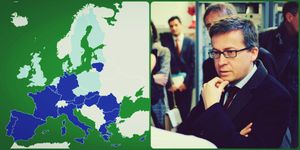Plastic Pollution Disrupts Critical Oxygen-generating Microbes
Plants are known to generate much of the oxygen we breathe. But tiny photosynthetic microbes in the world’s oceans also produce nearly half of the oxygen in our atmosphere; one of those microorganisms is called Prochlorococcus. Scientists wanted to know more about how plastic pollution is impacting these tiny creatures, which are present in huge numbers in the ocean. Reporting in Communications Biology, they determined that plastics can alter many biological characteristics of these bacteria.
"We found that exposure to chemicals leaching from plastic pollution interfered with the growth, photosynthesis and oxygen production of Prochlorococcus, the ocean's most abundant photosynthetic bacteria," said the lead author of the study Dr. Sasha Tetu, a Macquarie University researcher. "Now we'd like to explore if plastic pollution is having the same impact on these microbes in the ocean."
According to the United Nations (UN), estimates indicate that in 2010, 275,000,000 tons of plastic waste was created by 192 coastal countries, and anywhere from 4.8 to 12.7 million tons of that total went into the oceans. That trash negatively impacts over 800 species, and it damages economies. “The most common types of marine debris are food wrappers, bottle caps, straws, grocery bags, beverage bottles, and cigarette butts. Five of these items are made of plastic,” noted the 2016 report.
"This pollution can leach a variety of chemical additives into marine environments, but unlike the threats posed by animals ingesting or getting entangled in plastic debris the threat these leachates pose to marine life has received relatively little attention," noted study co-author Dr. Lisa Moore.
This may be the first study to assess the effect of plastic pollution on ocean microbes. "We looked at a group of tiny, green bacteria called Prochlorococcus which is the most abundant photosynthetic organism on Earth, with a global population of around three octillion (~1027) individuals," said Sasha.
There can be as many as 100,000 of these microbes one milliliter of seawater, and every animal that needs oxygen can thank them for helping generate carbohydrates in the oceans and sustain our atmosphere.
"These tiny microorganisms are critical to the marine food web, contribute to carbon cycling and are thought to be responsible for up to ten percent of the total global oxygen production," said Lisa. "So one in every ten breaths of oxygen you breathe in is thanks to these little guys, yet almost nothing is known about how marine bacteria, such as Prochlorococcus respond to human pollutants."
For this study, the researchers used two strains of Prochlorococcus that are found throughout tropical and subtropical oceans. The microbes were exposed to grey plastic grocery bags made of high-density polyethylene, and PVC matting.
The plastic chemicals disrupted growth, biological function, and oxygen production in the microbes. Using RNA-Seq, the scientists showed that gene transcription was affected on a global level after only 48 hours of exposure to the plastics. Stress genes were notably affected.
"Our data shows that plastic pollution may have widespread ecosystem impacts beyond the known effects on macro-organisms, such as seabirds and turtles," added Sasha. "If we truly want to understand the full impact of plastic pollution in the marine environment and find ways to mitigate it, we need to consider its impact on key microbial groups, including photosynthetic microbes."
Learn more about this critical microbe from the video above by Science.
Sources: AAAS/Eurekalert! Via Macquarie University, UN, NOAA, PNAS, Davidson Institute of Science Education, Communications Biology
